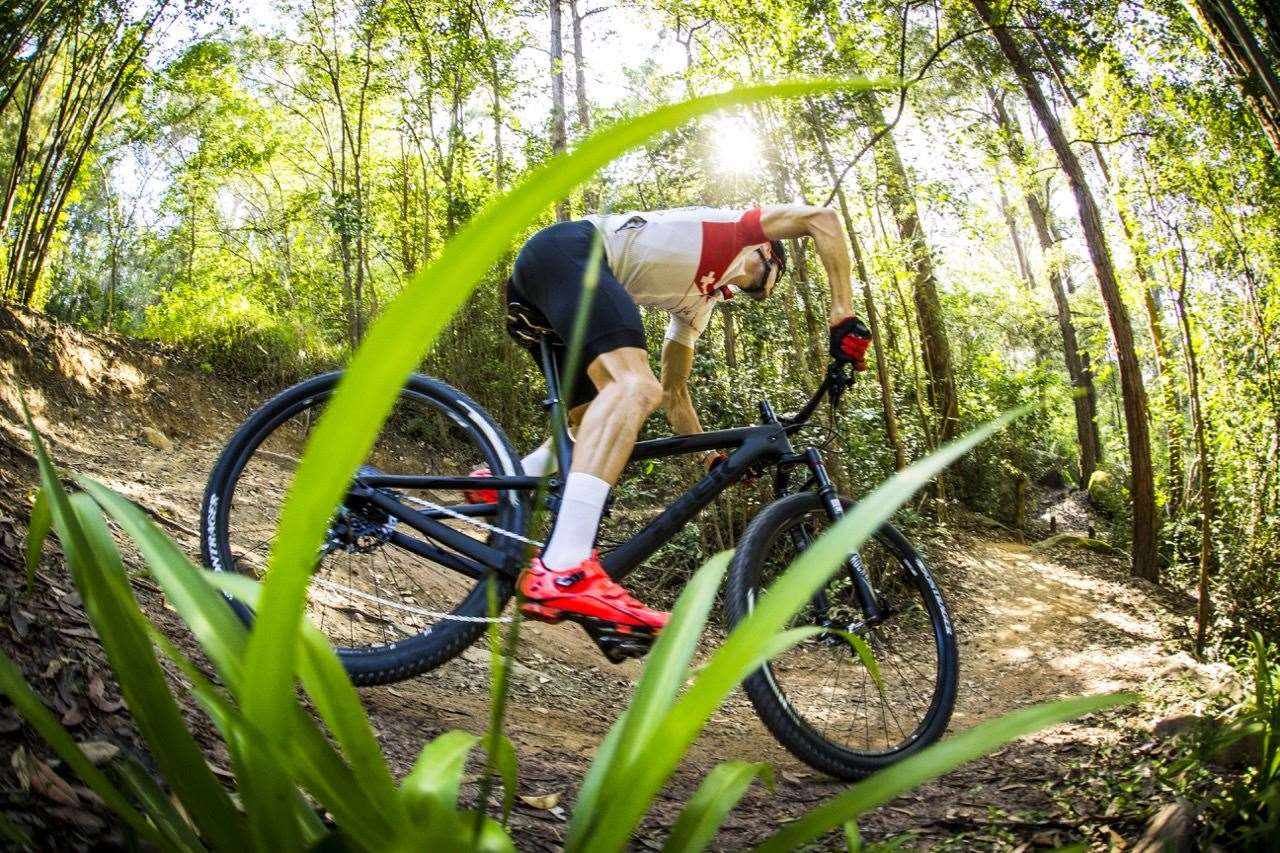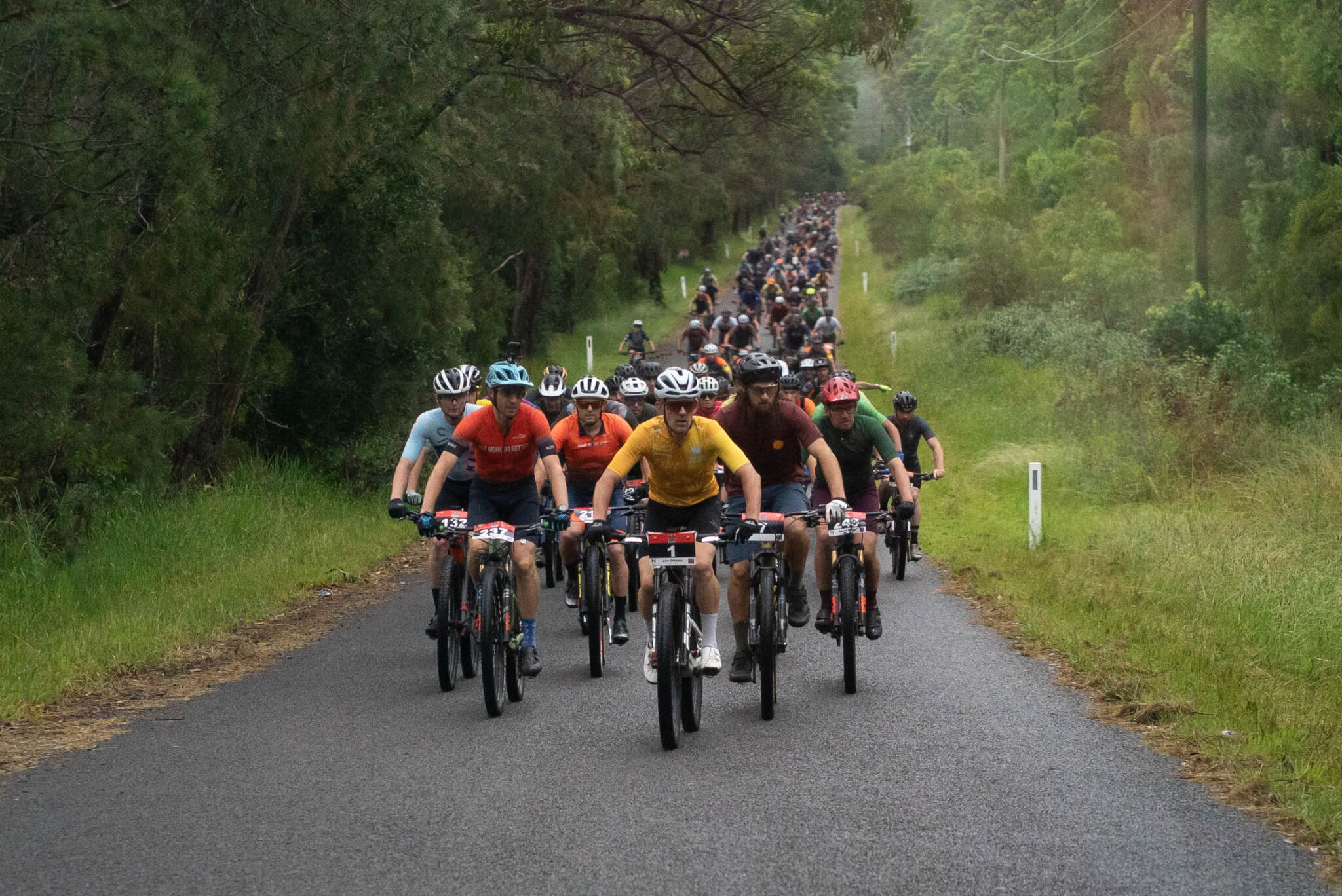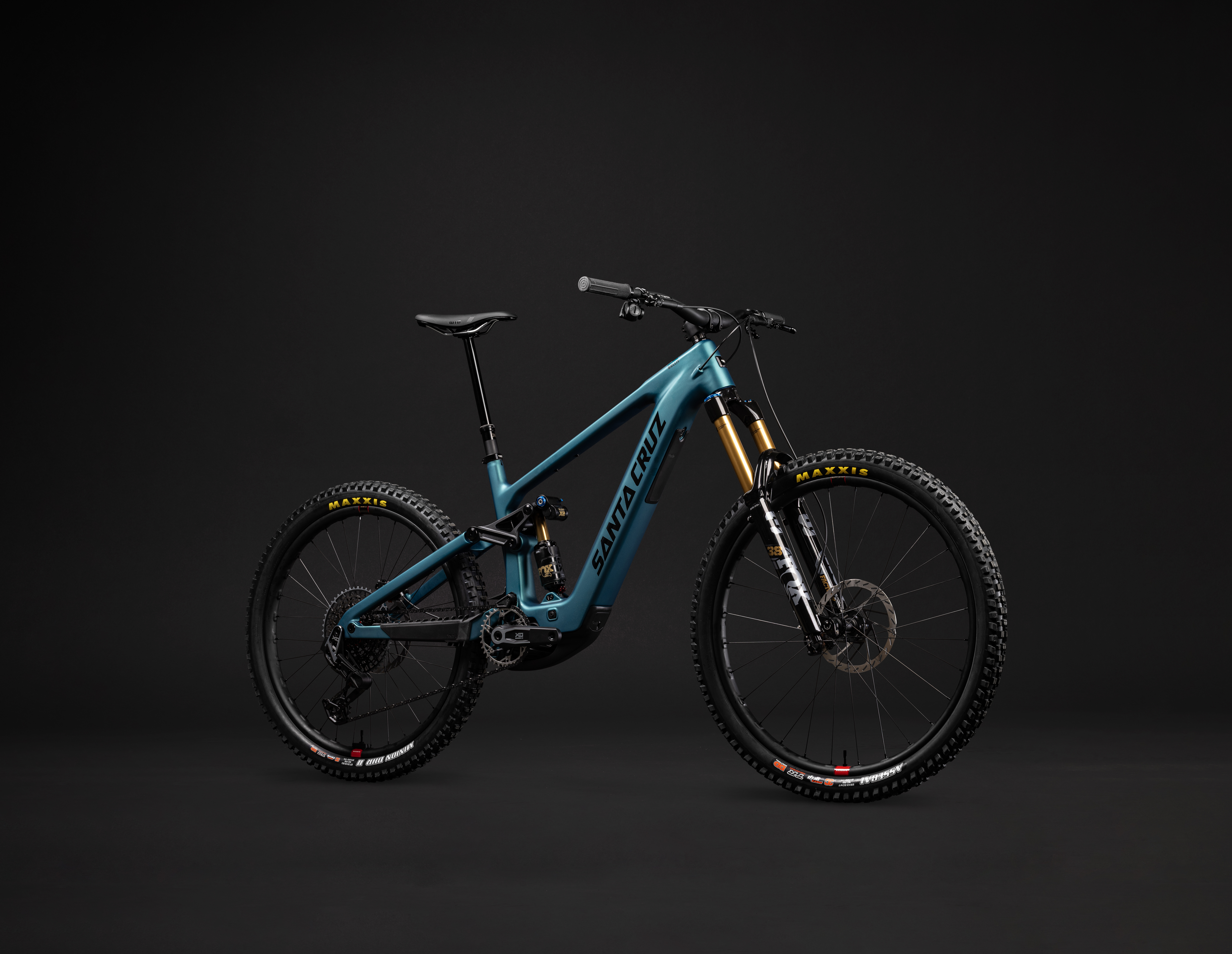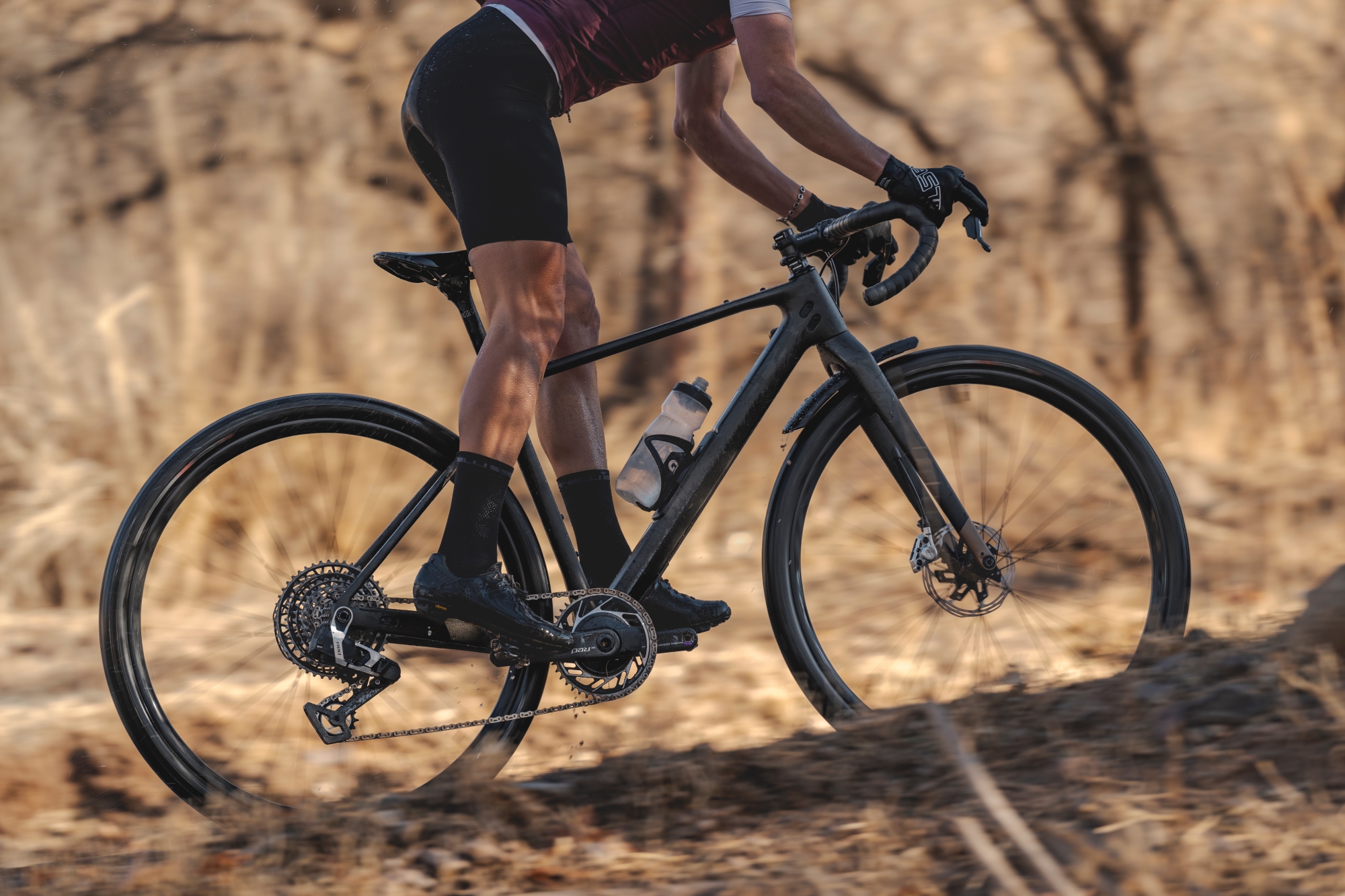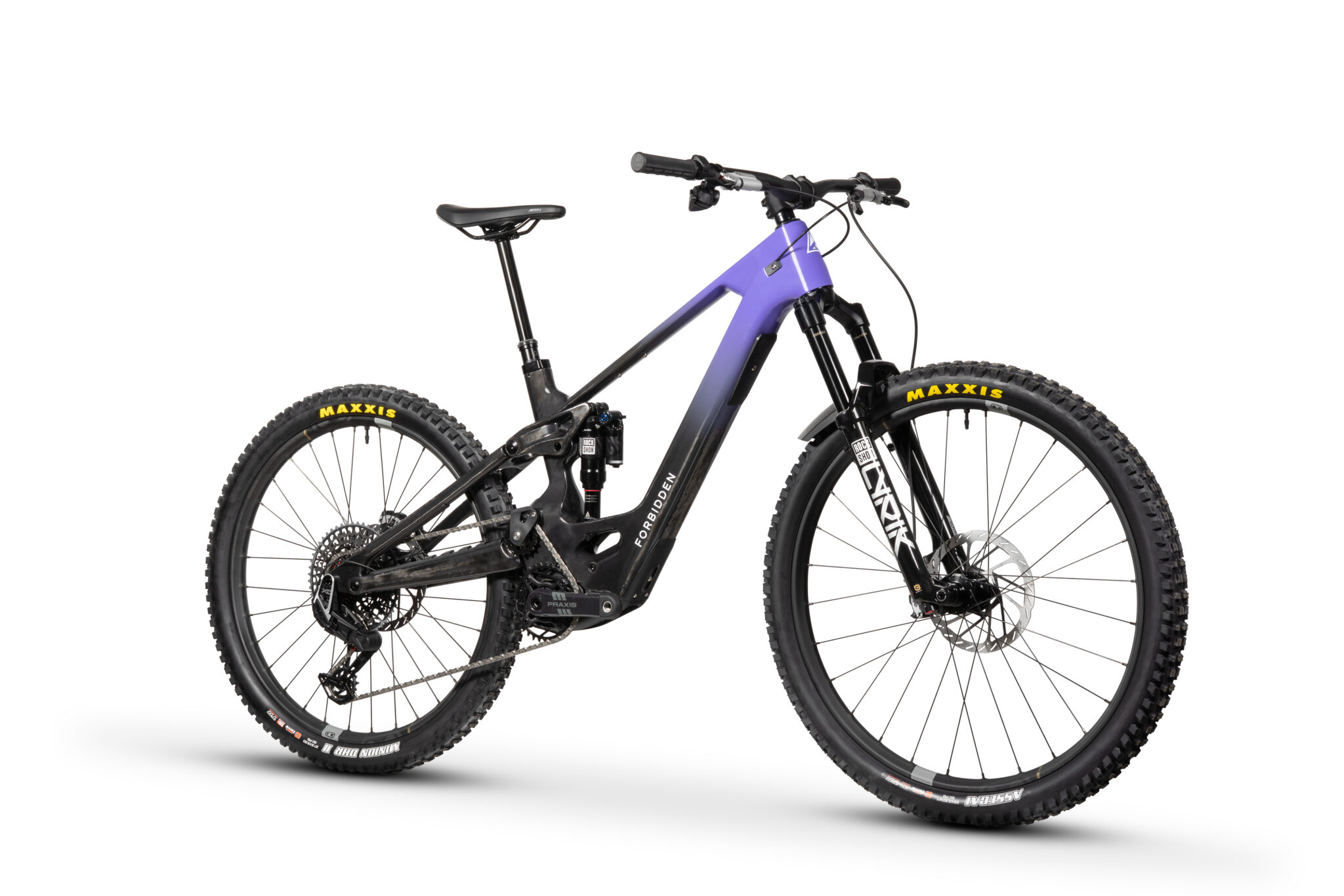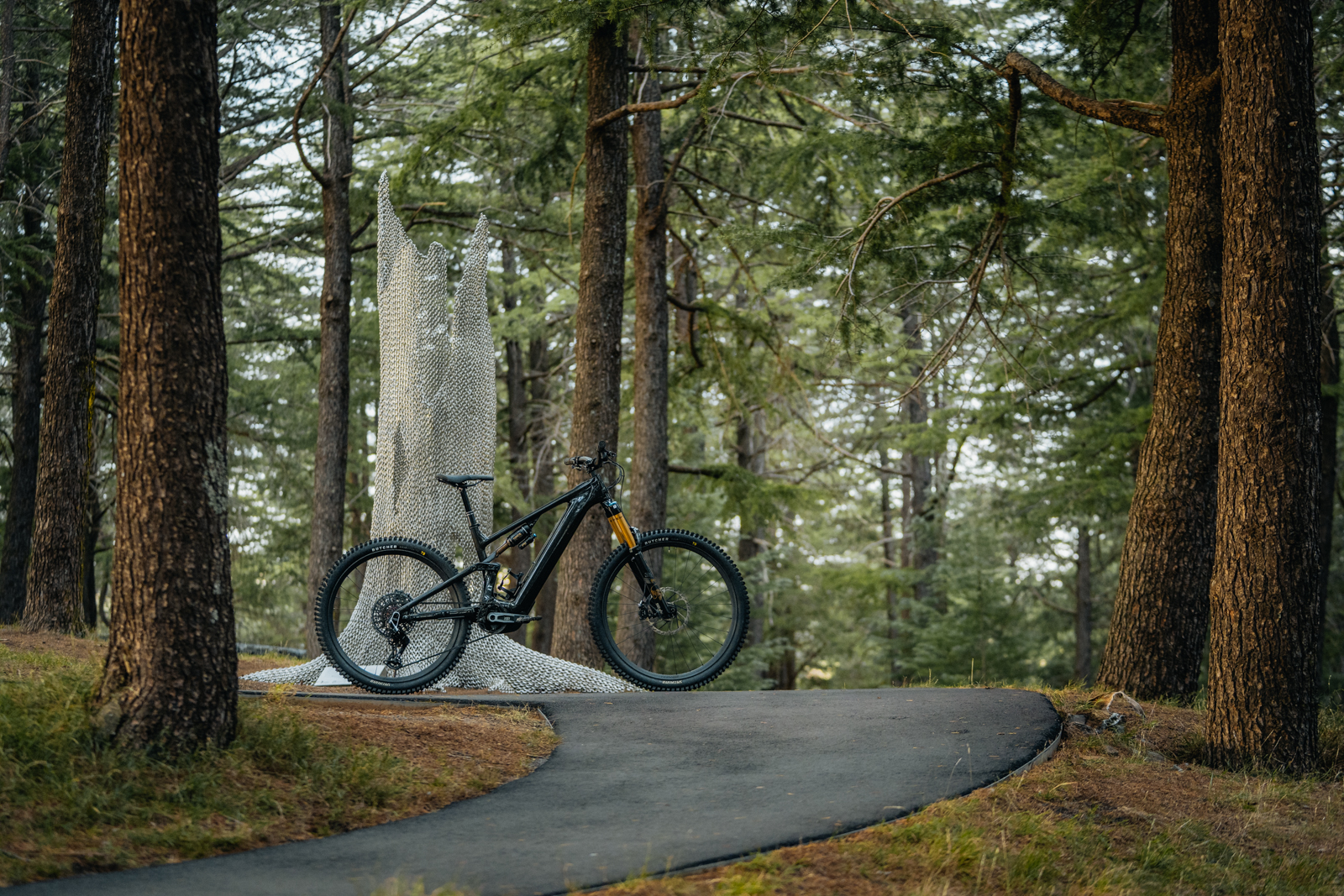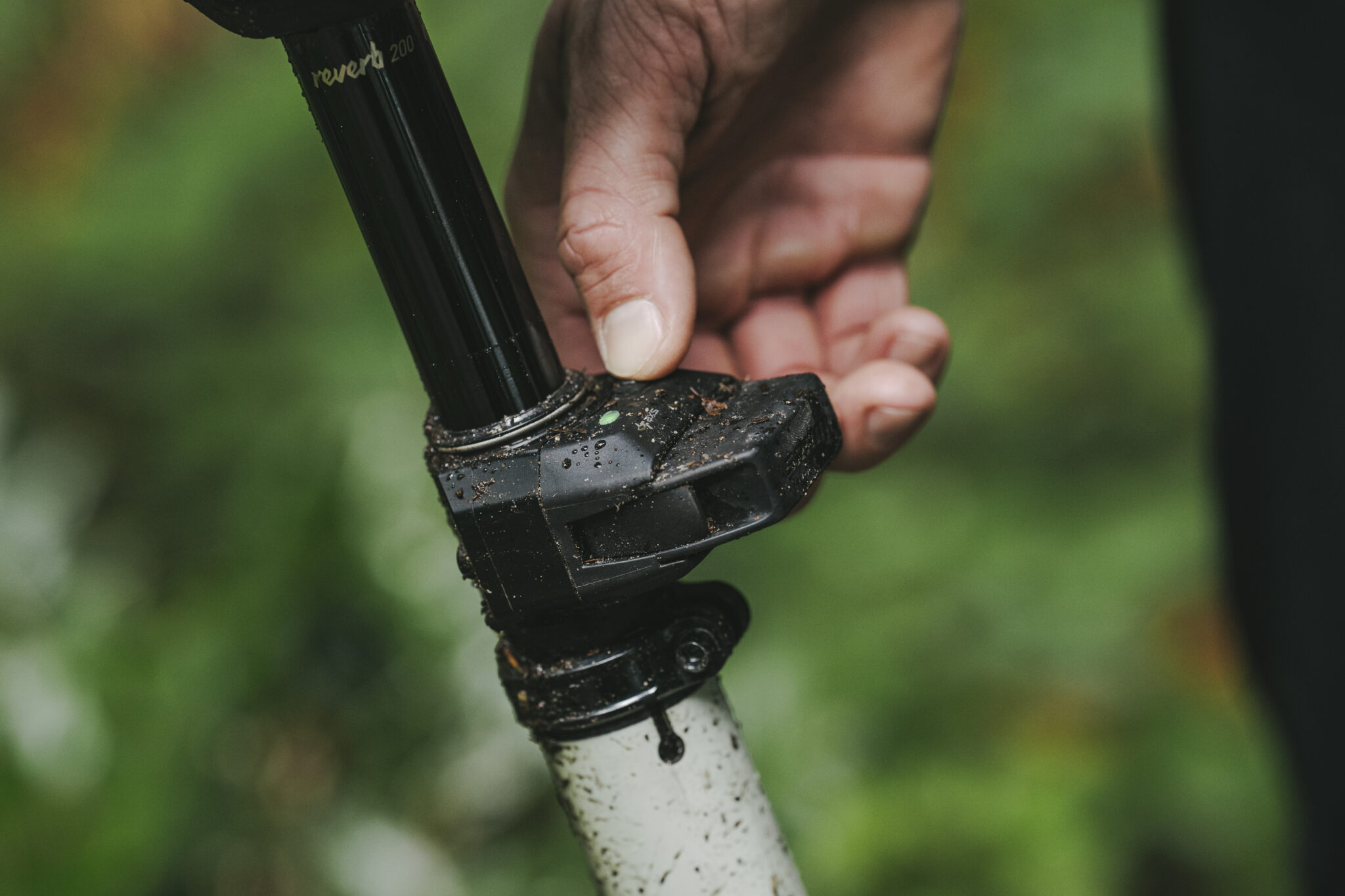TESTED: Trek Top Fuel 9.8SL
Trek bikes have been around for donkey’s years making bikes at the top end of the performance and innovation spectrum.
Trek bikes have been around for donkey’s years making bikes at the top end of the performance and innovation spectrum. Based out of Wisconsin in the USA ‘mid-west’ they have a long and proud tradition of supporting and sponsoring some of the world’s finest (and most controversial) cycling athletes. Many of Australia’s current crop of elite racers on the road and off can be seen speeding around on Trek’s ‘Factory Racing’ flagship red frames. In fact Australia’s current road, men’s XCM, men’s XCO and women’s XCO National Champions are all currently riding Treks.
Supporting a company that shows investment in supporting and encouraging young talent and their dreams is usually reason enough for me to support a brand. However, we all know these aforementioned athletes have amazing physical ability, does the product between their legs have anything to do with their success? Trek’s ‘Top Fuel’, was their flagship XC dual suspension race bike in the early 2000s when the likes of Canadian Roland Green was cleaning up World and National titles. The bike became a standard for the emergence of dual suspension in XC race bikes. However, the design was suited to a 26inch wheel and the 29er revolution brought upon a new design that was the Superfly FS. After a few years of further R&D the Top Fuel has now been re-born in a format suitable for both 27.5” and 29” wheels, much to the appreciation of older school XC riders who became attached to the Top Fuel’s status as the XC weapon of choice in the 2000s.
Same name – new frame
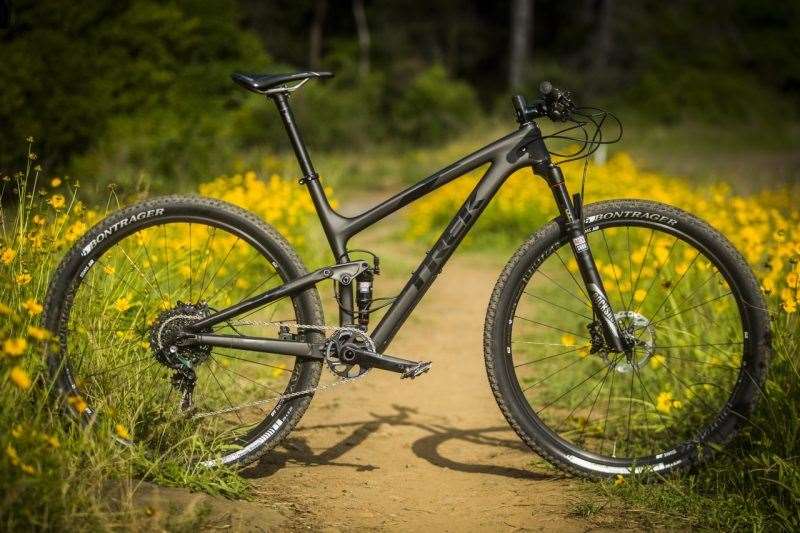 (c) Tim Bardsley-Smith
(c) Tim Bardsley-Smith Most bike brands these day’s are trying to come up with edgy, innovative and funky sounding ‘buzz words’ to entice the consumer. If you are to read Trek’s own write up on the Top Fuel you will be inundated with such phrases as ‘advanced tech’, ‘Control Freak’, ‘Boost’ and ‘Full Floater’. It really takes a ride of this machine to truly understand what Trek are on about with their marketing jargon. To try and put it in layman’s terms the Top Fuel is an XC 29er dual suspension mountain bike with wider hubs than normal (Boost), a rear shock that mounts 100% to the rear triangle (Full Floater), all cables can be run internally (Control Freak), the head tube angle and bottom bracket height is adjustable (Mino link), it has a protective shield on the down tube to protect the frame (Carbo Armour), the front and rear suspension lock out together with one push of a hydraulic button (Full Sprint) and the suspension is still active under heavy braking (Active Braking Pivot). Now, I am not all that technologically minded and a lot of these descriptors went over my head before riding the bike. The more techno savvy mountain biker will have a field day reading about this bike and I’m sure be very excited about the innovation, effort and R&D that Trek have put into this bike. The Top Fuel is on the market and going to be up against bikes like the well-established Specialized Epic, the Cannondale Scalpel and Giant Anthem.
Building up the Top Fuel 9.8SL and looking at it in the flesh, all the jargon begins to make sense. The mainframe is full carbon and it’s just the chain stay which is alloy – a nod to cost savings and some might argue greater durability as well. The bike is an attractive piece of machinery. All benefits of your cycling and health in general are I believe enhanced by a good looking bike. A good looking bike is a pivotal motivating factor when it comes to waking up in the morning and actually riding the thing and like this bike warrants, riding it HARD! Our test bike was the super stealth matte black model which seems to be all the rage in contemporary cycling circles. It was however initially made in the previous Trek team colours of blue & red which was also pretty smashing, however Trek seem to have ceased production of that cool colour scheme for now, and only the matte black is readily available in Australia. The standover height is strikingly low thanks to a dropped top tube and extended seat tube, and this makes getting on and off the bike easy but gives the impression of a super high saddle height.
Trek’s geometry is based on longer top tubes, short stems, and short back ends. Plus, the use of a G2 crown with 51mm offset on the RockShox fork allows the Trek engineers to achieve the trail that they want, and make the bike stable when it needs to be, but agile via fast steering response from a short stem and wide(ish) bars.
Before hitting the trail, the usual mods were done to the stock build: The tubes were ditched immediately and the bike was converted tubeless which was a breeze with the Bontrager XR tyres and pre-taped DT Swiss rims. I did have to swap out the stock grips for a fresh pair of substantial ESi grips for a much better feel. As with most high end bikes no pedals are included so my trusty Shimano XTs were installed. Being more of an XC racing oriented rider, I always fit a bottle cage and tend to dislike being seen with a backpack. The only gripe I had so far with the bike was I could only fit 1 bottle cage, with the dream of doing some more marathon distance racing I found this to be a little frustrating. However, for a regular XCO race will not be a problem.
On the Trail with the Trek Top Fuel
I have been riding and racing XC mountain bikes for the decent part of 20 years now and I must say after less than 5 minutes in my local trail on the top fuel I was blown away by how fast, well-handling, stable, stiff and fun this bike was! All the jargon was beginning to make sense. Out of every corner the bike reacted just as I would want – whether that was to a push on the pedals, a shift of body weight to line up the next corner, or to slow the bike down for the next section. When I tried smacking a bit of power down on the open parts of the trail the bike seemed to accelerate out from under me. Was this attributed to the wider ‘Boost’ hubs and significantly shorter chain stays? Possibly! The wider hub spacing does create a stiffer wheel, and the shorter chain stays do help in making the bike react really well to changes of direction, as well as increasing back end stiffness under hard pedalling.
Trek have specced the bike with a mix of SRAM X1 and X01 1×11 parts, and the gear ran faultlessly. The direct mount chain ring is a nice touch, helping to make clean lines and keep the weight down. The brakes need no introduction, and although the XT M8000 have had some refinements for 2016, they have just served to make an excellent brake incredible. The whole drivetrain and brakes mix worked flawlessly – leaving me to just ride. What else can you ask for?
The Top Fuel 9.8SL is without a doubt the fastest mountain bike I had ever clipped in to. Not being at specific race fitness of late, I was surprised to see my stopwatch laps of my local trail were the fastest I had ever been around there. When I tipped the bike into dusty, loose corners I was never in fear of losing the bike from under me. When I was mashing on the pedals through rock gardens, it felt like I was pedalling perfect circles and ‘floating’ over the treacherous terrain.
When the trail pointed up and I wanted to put a gap into my riding buddies, it felt like I was back on a featherweight carbon hardtail. The ‘full sprint’ lockout system to the RockShox suspension was a huge benefit, especially due to being hydraulic and therefore not having the drag that a twin-cable system can have. I found myself using lockout a lot more and realised how much I could use and gain from it when all that was required was the simple push of a hydraulic button not far from my rear brake. The stability of this bike is confidence inspiring, enabling the rider to be a little more adventurous than they usually would be on a XC bike. The frame can even take a stealth dropper post if you want to really open up some options. The steering really does have a ‘point and shoot’ feel to it. This bike if you tell it to, will go where you want it to go!!
Fit for fit purposes
The bike does exactly what it says it will – it is light, smooth, stiff and stable – the perfect combination for the either an aspiring or accomplished racing enthusiast or just someone who wants to put a proverbial gap into their riding buddies. The lack of a second bottle holder annoyed me, as even fitting 1 large bottle became troublesome due to the low top tube. However, this could be remedied through a seatpost mounted bottle cage. The bike is light, and most parts on this bike are designed for performance. I didn’t get a whole lot of life out of the tyres and chain but to be honest that is not unusual for a race-oriented machine. If you want the bike to handle a bit more a chunkier and thicker tread tyre combo will extend the capabilities of the Top Fuel even more. At over $6000 for the 9.8SL or about $10 000 for the full race spec 9.9 the bikes are not cheap, but they are fair. Comparing to other brands the 9.8SL is quite good value. Trek have put a great riding, great value high-performance bike together with the Top Fuel 9.8SL – and if you have some aspirations to go fast, or far, you would be rewarded for organising a test ride at your local Trek dealer.
ESSENTIALS
Model Top Fuel 9.8SL
RRP $6099
Weight 11.0kg (tubeless, no pedals)
From: Trek Australia
Tester: Justin Morris
Male model: Dan Bonello
Riding Experience: Raced XC MTB since 2000, countless marathon & stage MTB races including the Crocodile Trophy. Worked for 5 years as a professional road cyclist across Europe, USA and Asia.
Generally Rides: Cannondale SuperSix Evo Hi-Mod, Trek Boone carbon CX, Orbea Alma Carbon hardtail
Height: 186cm
Weight: 78kg
Bike Test Track: Northern Sydney area, Manly Dam, Serrata, Garnia, Lane Cove NP, Hornsby OMV.
Three things you liked about the bike:
- Stability over loose/rough terrain.
- Power transfer is next level for a dual suspension bike
- The fact I could make this list to be pages long.
Three things you would change about the bike:
- Only able to mount 1 drink bottle.
- Low standover means accessing your 1 drink bottle can be awkward.
- The nice blue-red colour scheme seems to no longer be available in Australia.

